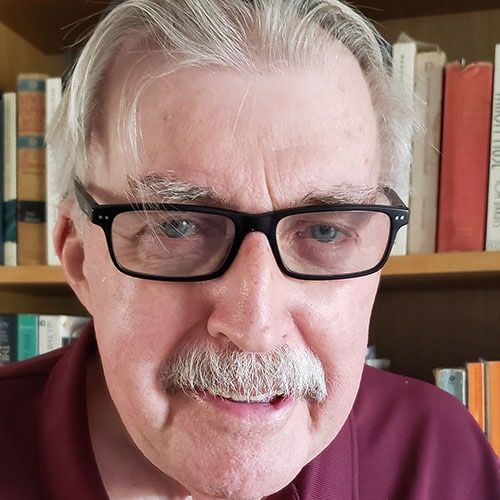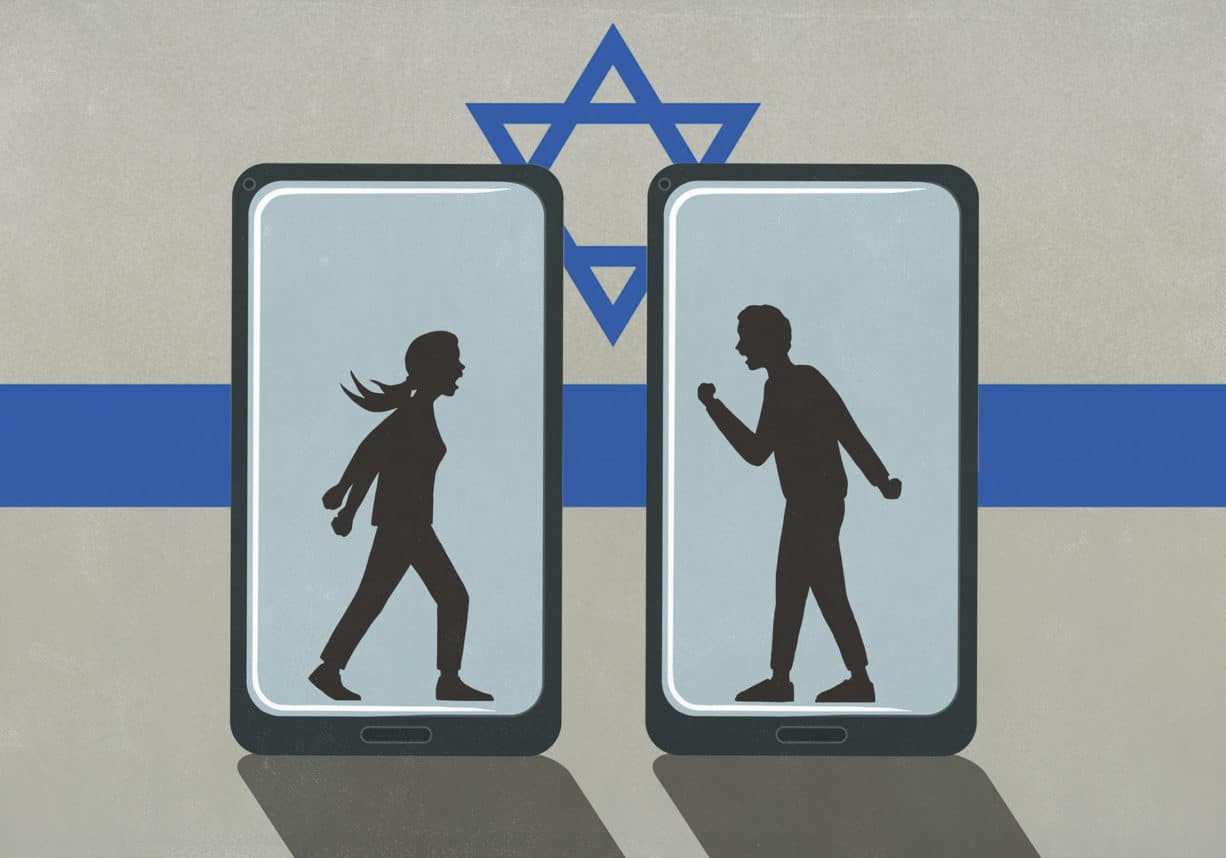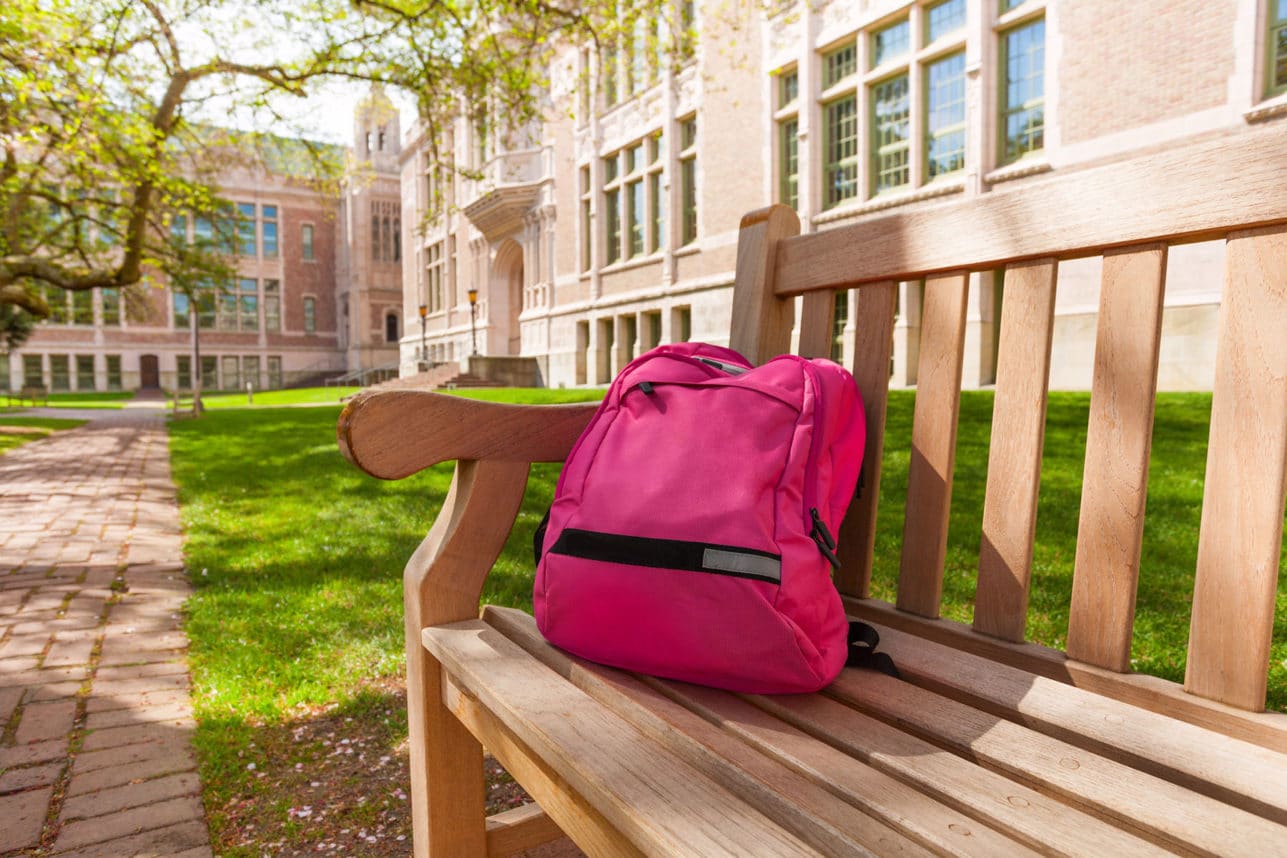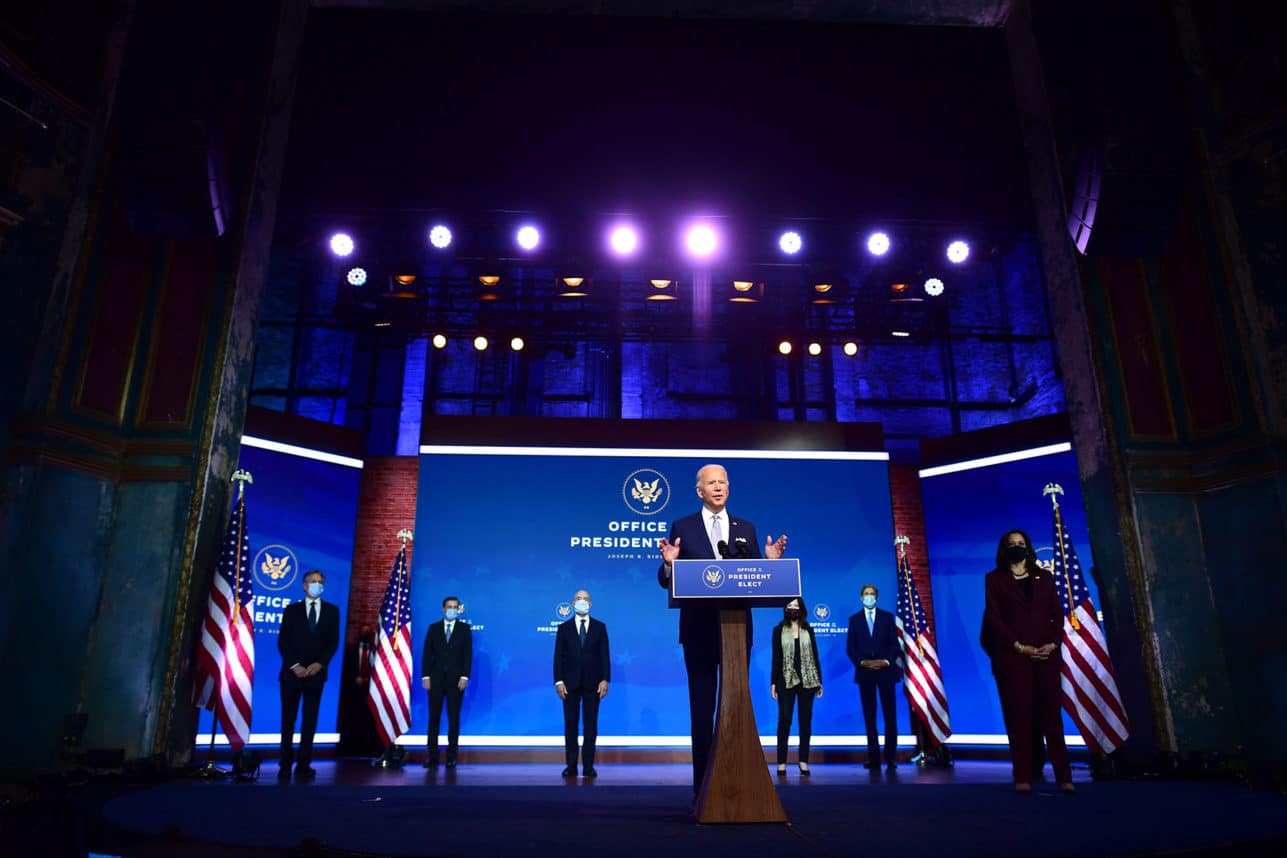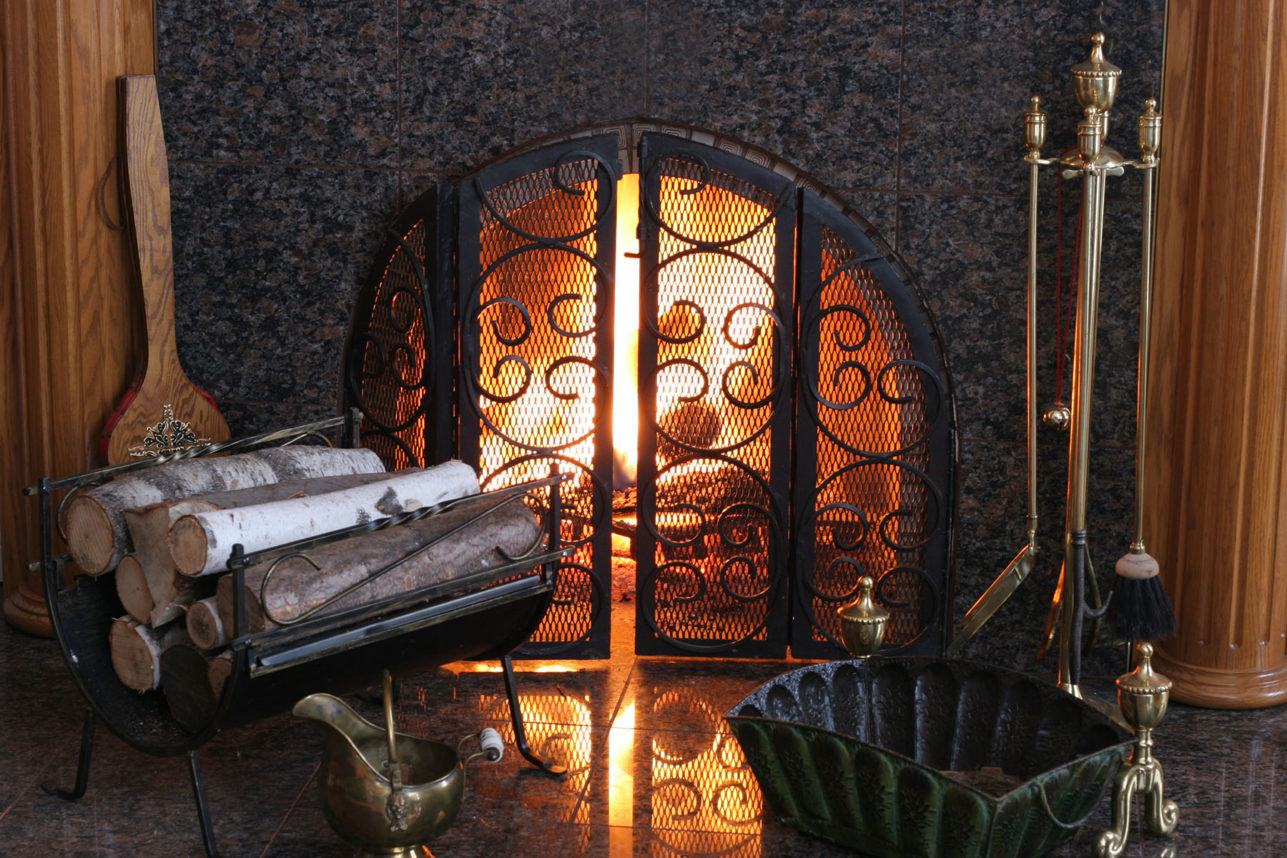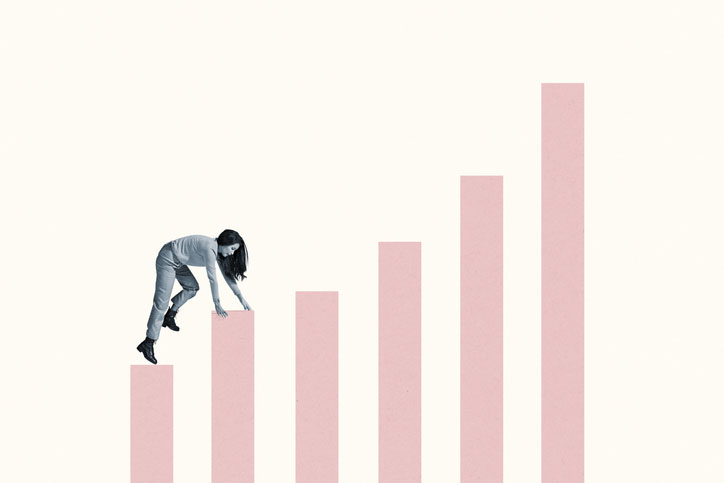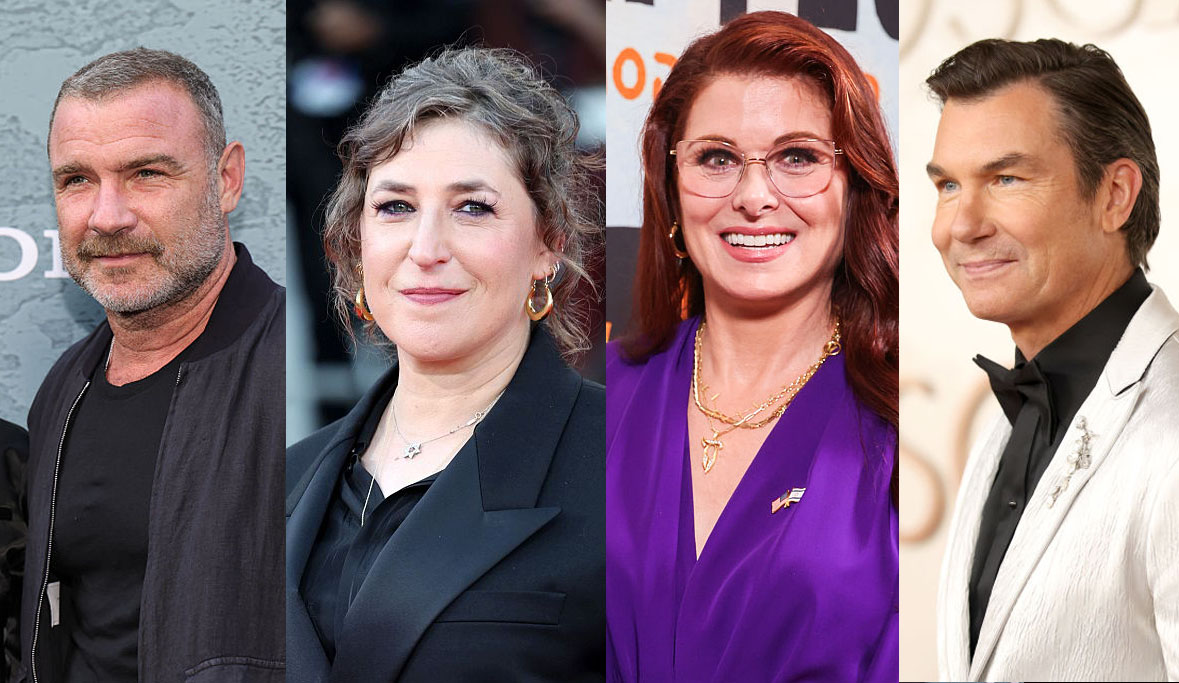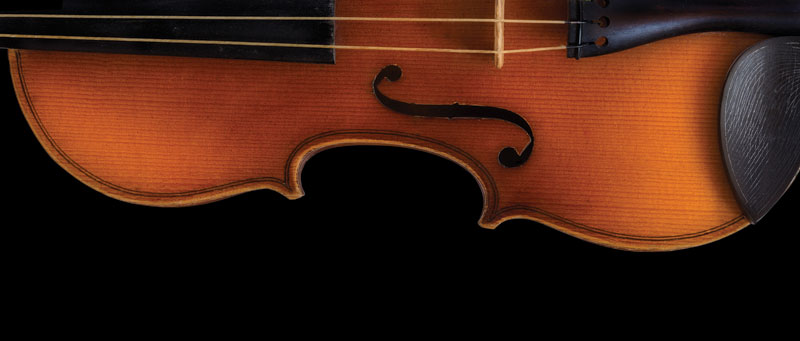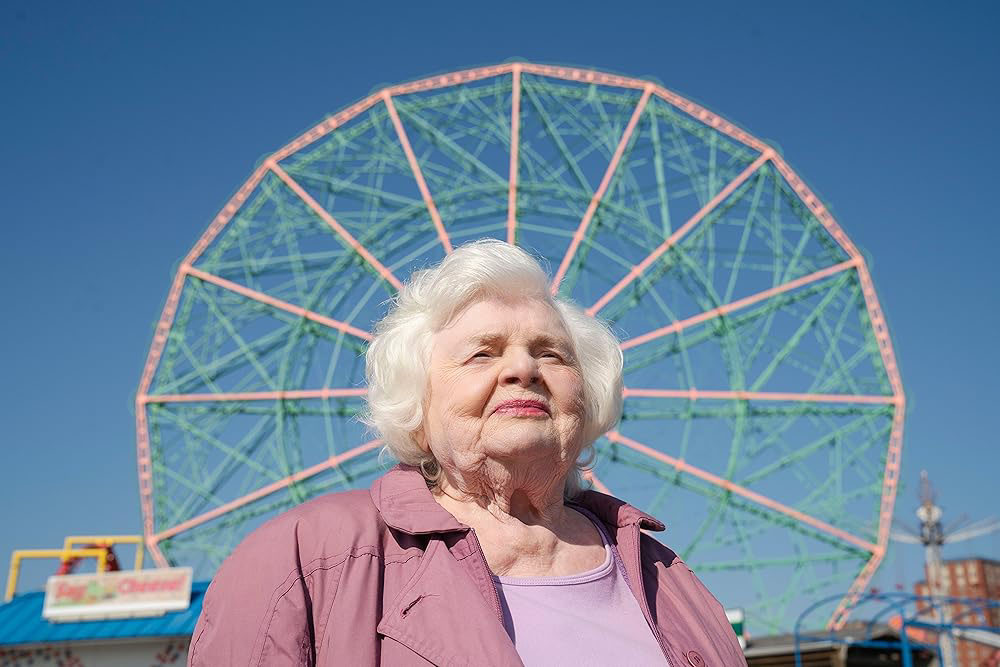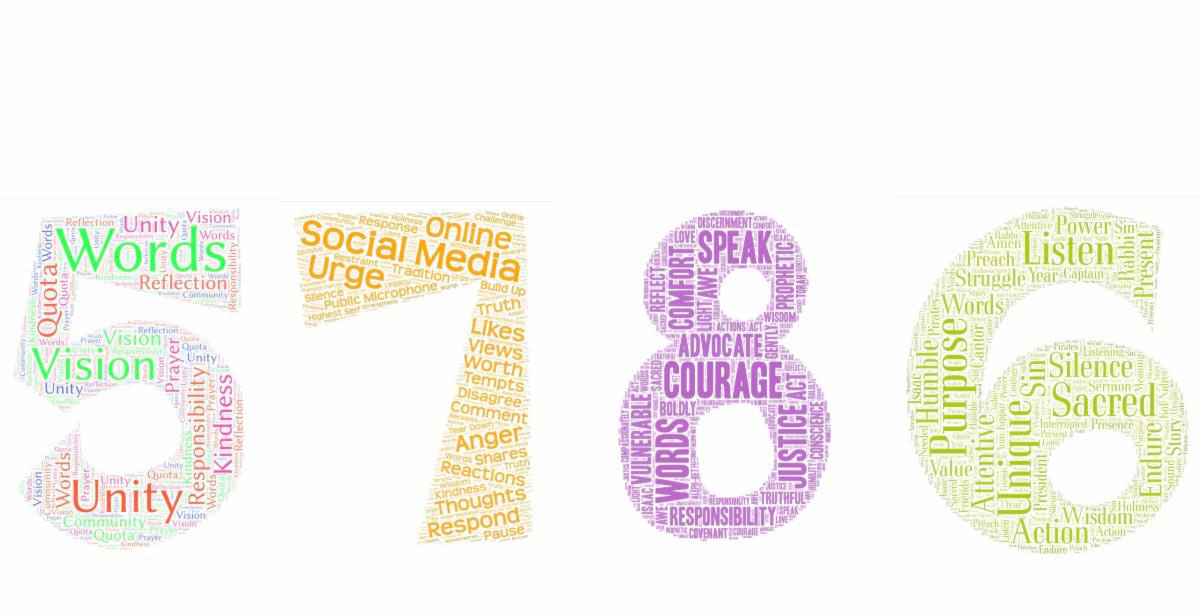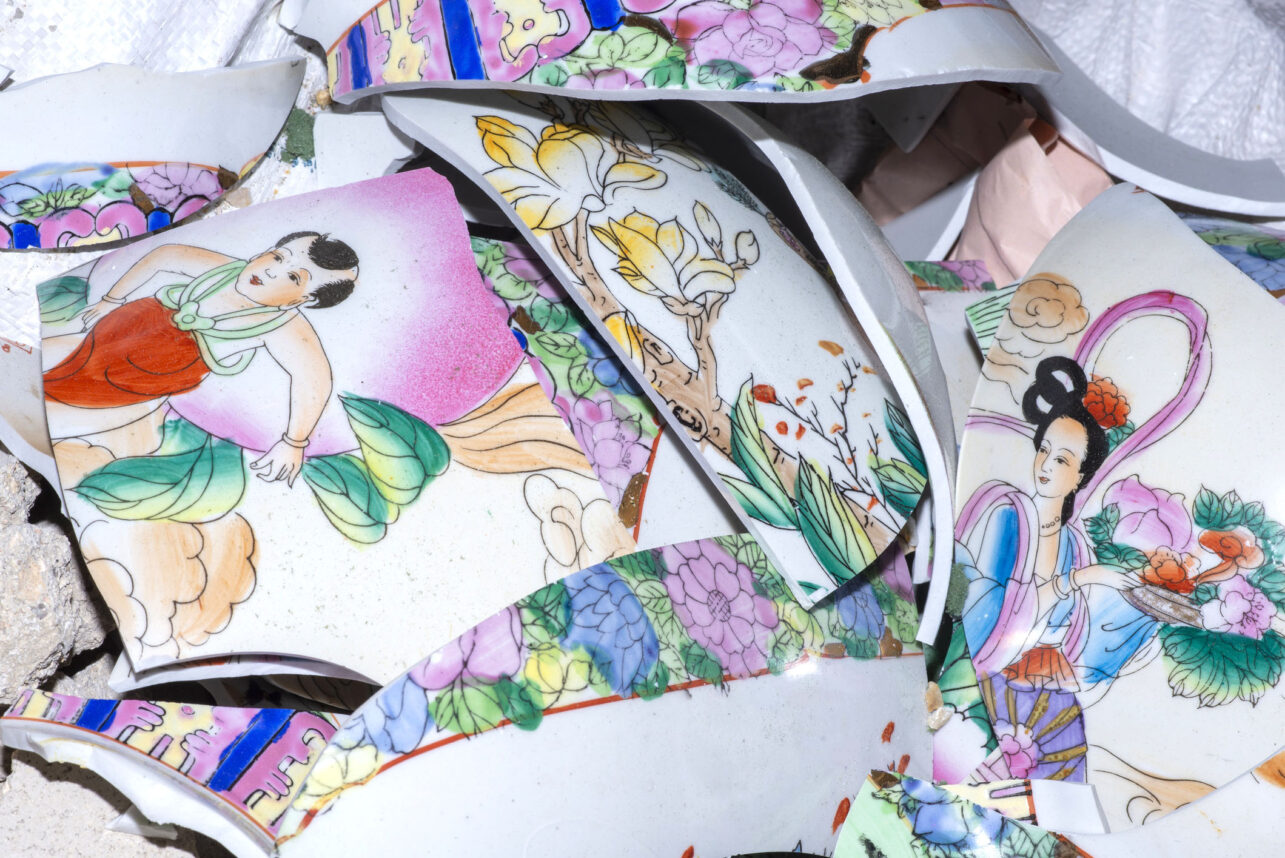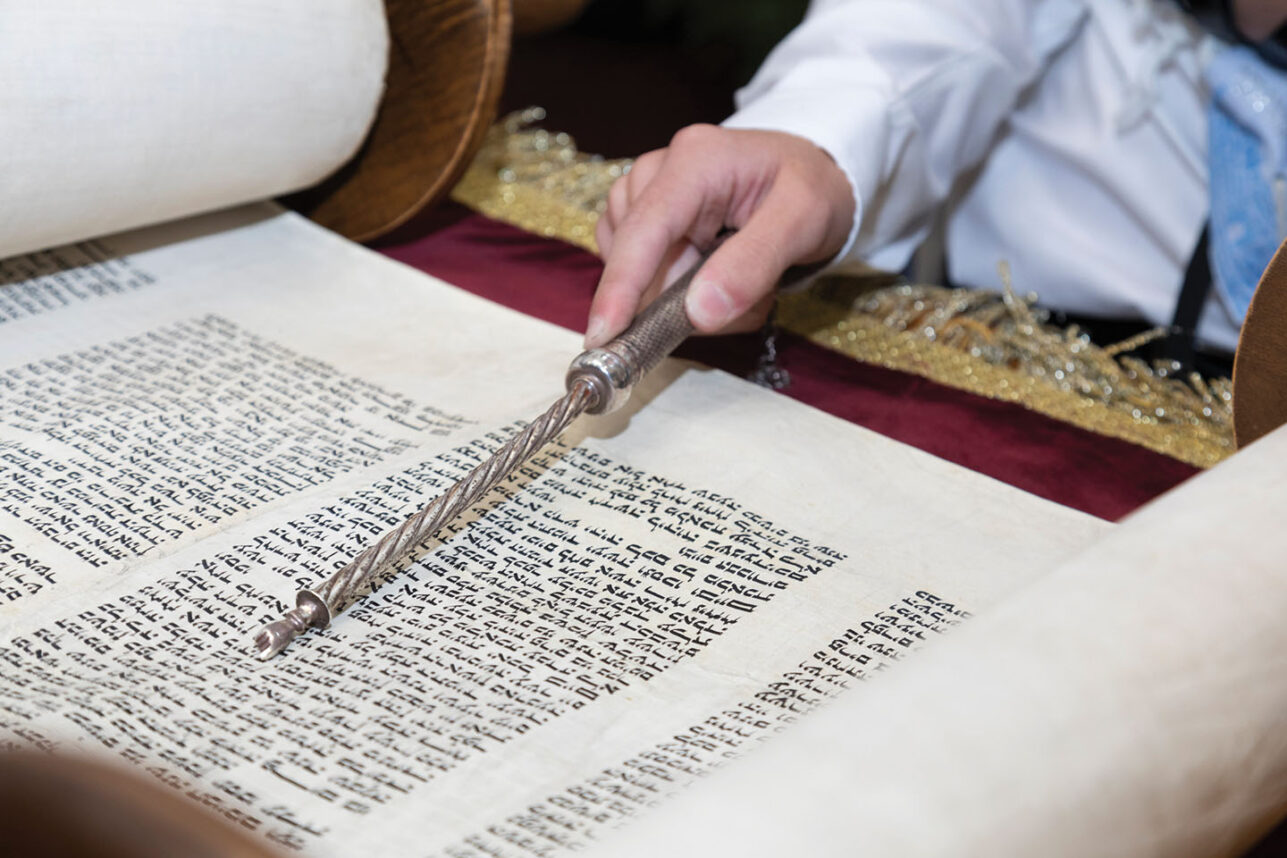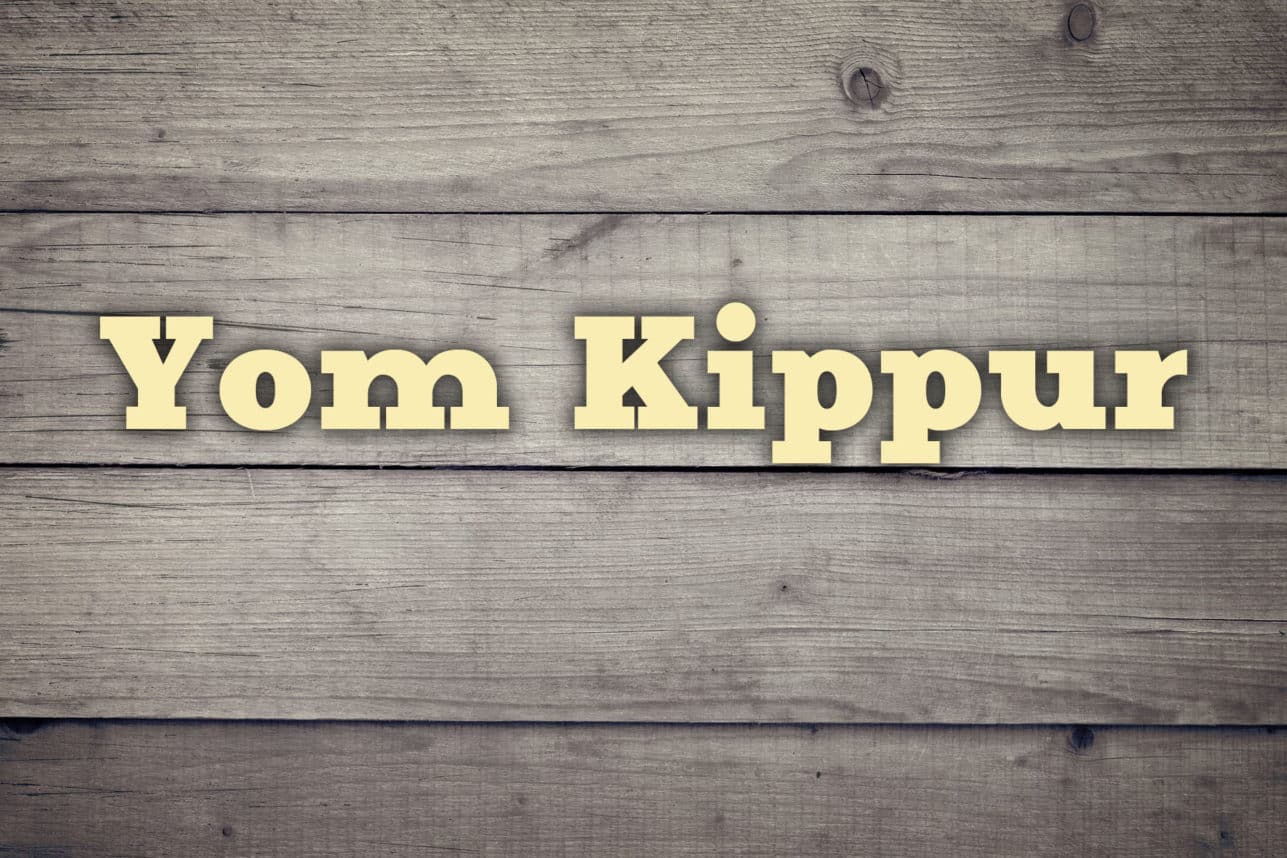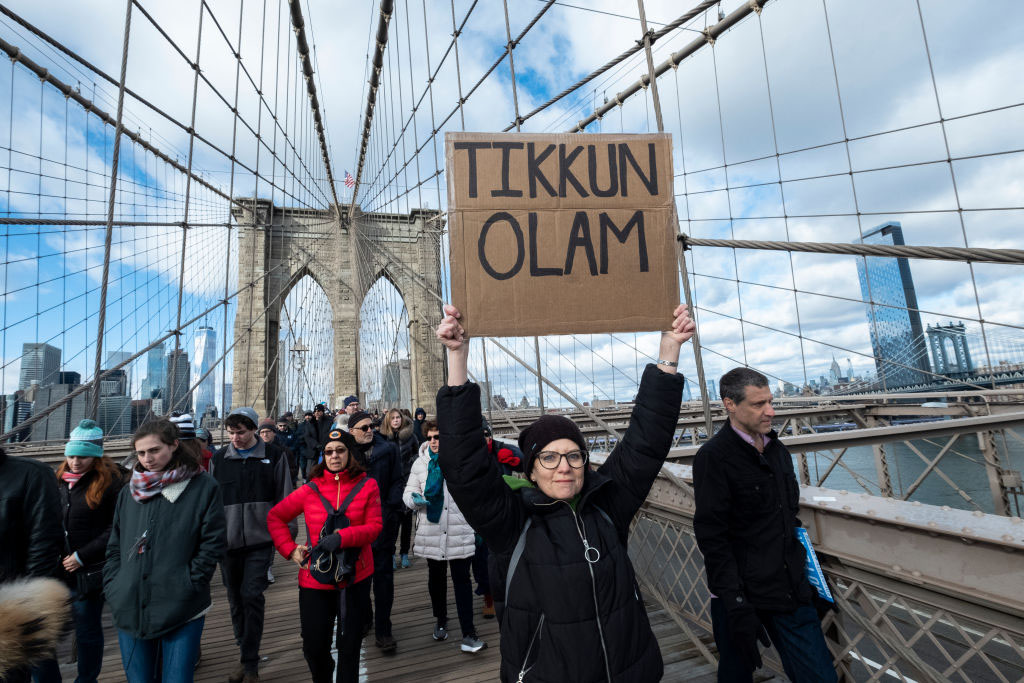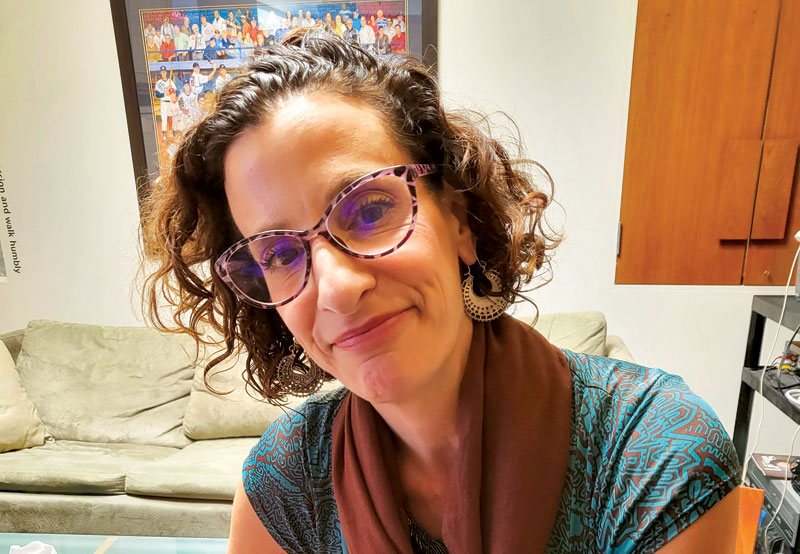
When she stepped up to the pulpit of Congregation Kol Ami on July 1, Rabbi Lindy Reznick, “a big-city girl” who spent the last five years in small-town Redlands, was sure this is where she belonged.
In her second-story office in West Hollywood, she explained why: “I feel much more comfortable here, being myself, not having to choose my words quite as carefully. That is a comfort and a relief.”
She made the 86-mile move from Redlands eagerly. “I am an Angeleno,” she said. “Part of it is coming home to a familiar Jewish community, knowing some of the players and institutions. This doesn’t feel like an adjustment, I know how to live in more than one world.” A graduate of the Institute for Jewish Spiritualities, she studied how mindfulness and meditation can link to Jewish texts. “I always have been someone who has engaged in those worlds. What is most alluring about the Kol Ami community and congregation is the place it has in the history of the LGBTQIA+ and the L.A. Jewish community,” the rabbi said. “Those two things are deeply close to my heart, my own identity. They came together at a perfect time.”
“What is most alluring about the Kol Ami community and congregation is the place it has in the history of the LGBTQIA+ and the L.A. Jewish community. Those two things are deeply close to my heart, my own identity. They came together at a perfect time.”
After spending her youth overcoming childhood disabilities, 16-year-old Lindy was introduced to yoga. “Given my background as a dancer, movement, wellness and understanding how our bodies affect our hearts and minds always has been central to what I do. That is one piece of who I am as a rabbi.” She wants to know peoples’ stories, find out who they are and why they do what they do: “Meeting people authentically, as themselves, being accepting of that, and being someone who is deeply curious about the story.” Rabbi Reznick attributes her curiosity to her background in theater. “Core to the work I do is being able to see someone as they are.”
As a clergyperson who is queer and out, she feels “a responsibility to those who have been hurt by religious institutions, especially in the queer community, to be a safe space for them.
“As a clergyperson, I should be a safe space for all people.” And Kol Ami’s location in West Hollywood means “a blended community with an amazing (31-year) history.”
She sees her rabbinate as a “safe space for people who have been shunned by religious institutions because of their identities.” How does she shepherd them to the mainstream? “It’s all about relationships,” she said. “Meeting face-to-face, getting a sense of each other, knowing the beauty of our tradition, showing some difficult texts may not have been intended in the way they are used as weapons.” And you have to “acknowledge the hurt done by religious leaders that perhaps was misappropriated.”
In the rabbi’s view, the real healing work comes in developing a sense of trust, and then being embraced “by this incredibly warm community.” Welcoming is a big part of who she is both as a rabbi and a human being, “It’s about embracing diversity, it’s about justice, about love, about an openness and pushing forward.”
Rabbi Reznick’s first jobs were teaching: pre-school, Mommy and Me, kindergarten, day school, religious school. “I always have been a Jewish educator,” she said, “and the arts were close and dear to my heart.” But now, the Santa Monica native and mother of two has expanded her focus. “Arts and education have been central pieces of my identity,” she said. “Spiritual wellness also is a core anchor.” She proudly recalls being raised in a family that, while not religious, believed deeply in art, theater and music. She was a performer growing up. “An actress and a dancer,” she said. “I always was in the artistic world. I never was a visual artist, but I always had a deep love for the visual arts. I have done a number of workshops through the visual arts. I believe in art as a process.”
Explaining the distinction between visual and non-visual, she said “like Midrash, it is something we do to express our spirituality, to express our hearts, our souls.” To say it differently, she is “more interested in the process, the healing, the wellness that comes from it rather than the final product.”
As for what led her to the rabbinate, Rabbi Reznick looked back to her “many amazing mentors. I was teaching at the time at Wilshire Boulevard Temple, working with Rabbi Elissa Ben-Naim, when I realized everything I love is in the rabbinate.”
Well, almost everything.
“I also knew I wanted a family,” Rabbi Reznick said. “It wasn’t the easiest life. It took a while for me to believe I could balance all of it. Thank God I did.”
Surveying her office once more, Rabbi Reznick concluded, “I feel like I am home. I feel much more comfortable here, being myself, not having to choose my words quite as carefully. It is a comfort and a relief.”
Fast Takes with Rabbi Reznick
Jewish Journal: What is your next important goal?
Rabbi Reznick: To build a thriving Kol Ami for the next 30 years. To expand Kol Ami’s mission, influence in West Hollywood and the L.A. Jewish community.
J.J.: Your favorite Shabbat meal?
RR: My favorite is a home-cooked meal with a mix of people I love – my children, my friends from inside and outside of the Jewish community – where we can have a beautiful interfaith experience with all kinds of foods and stories.
J.J. What is your main hobby?
RR: I do yoga. I hike. I love the Peloton. I read voraciously. One of my favorites was written by a spiritual mentor in college who is not Jewish, Dr. Fran Grace, “The Power of Love.”

